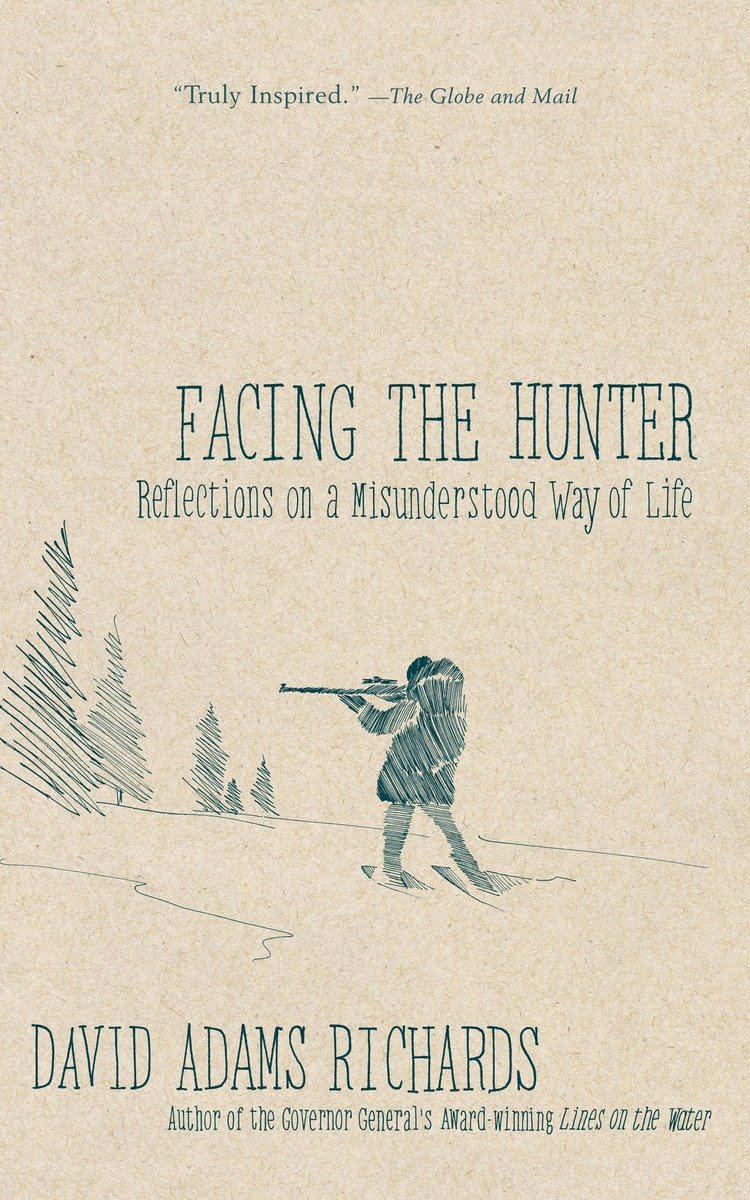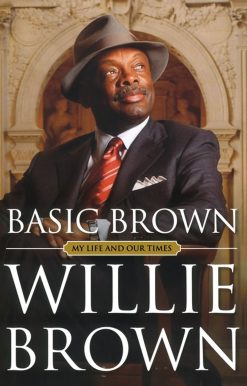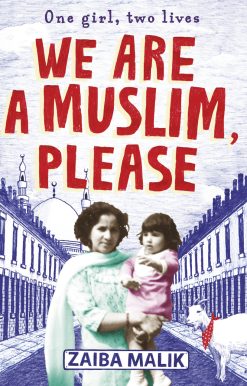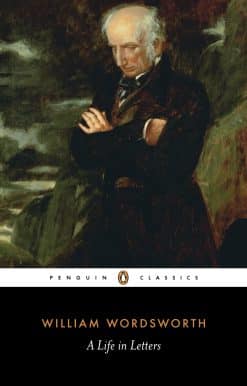Facing the Hunter: Reflections on a Misunderstood Way of Life
19.95 JOD
Please allow 2 – 5 weeks for delivery of this item
Description
Hunting has not been a sport for David Adams Richards, but rather a way of life—and one to be celebrated and defended.The woods have become a part of him. When he first entered them with a gun as a young boy he found “secret places that laid the framework of the template of my life.” He had entered a world of danger, where the struggle for life and death was revealed at its rawest. And one, too, of immense beauty—of wilds, hills and streams. It was home to magnificent animals and to people who respected them and whose wisdom about nature was at least the equal of any city-dweller’s.Facing the Hunter is a memoir, a meditation and a polemic and, above all, shows a writer at the height of his powers, evoking the thrills and wonders of the land along the Mirimichi and Matapedia, the territory that has long informed his novels. Here we discover, in prose of unparalleled passion and beauty, what it has meant to David Adams Richards—the man as much as the novelist.
Additional information
| Weight | 0.23 kg |
|---|---|
| Dimensions | 1.70 × 12.70 × 3.63 cm |
| by | |
| Format | Paperback |
| Language | |
| Pages | 224 |
| Publisher | |
| Year Published | 2012-9-25 |
| Imprint | |
| For Ages | 9 |
| Publication City/Country | Canada |
| ISBN 10 | 038567614X |
| About The Author | DAVID ADAMS RICHARDS is one of Canada's pre-eminent writers. His recent novels include Mary Cyr and Principles to Live By, as well as Crimes Against My Brother and Incidents in the Life of Markus Paul, both of which were longlisted for the Scotiabank Giller Prize. Among his other novels, The Lost Highway was shortlisted for the Governor General's Literary Award and nominated for the Scotiabank Giller Prize; The Friends of Meagre Fortune won the Commonwealth Writers' Prize for Best Book; Mercy Among the Children won the Scotiabank Giller Prize and was shortlisted for the Governor General's Literary Award and the Trillium Award. Richards is also the author of the celebrated Miramichi Triology and has written four bestselling books of nonfiction, Lines on the Water, God Is, Facing the Hunter and Hockey Dreams, and most recently the collection of essays Murder. In 2017, David Adams Richards was appointed to the Senate of Canada on the advice of Prime Minister Justin Trudeau. |
"Richards displays a deep experience of the woods and of hunting. . . . He writes with easy authority . . . and leavens the mix with ghost stories and humour." —National Post"Facing the Hunter is a thoughtful book and a serious book. It is a tribute not to hunting but to the hunters that have graced Richards' life, and it is spectacularly written." —New Brunswick Telegraph-Journal"There is a pronounced and obvious sense of nostalgia in [Facing the Hunter]. While skating artfully along the line of sentimentality, [Richards] successfully maintains a balance and objectivity that adds a thoughtful heft and weight to the benefit of the reader." —Edmonton Journal"Richards does an excellent job of giving the reader an intimate sense of what it is like to be alone in the woods, to stand in one spot for an entire day waiting for a deer to approach, to walk along the edge half-frozen rivers as the year’s first snow starts to drift down.” —Toronto Star |
|
| Excerpt From Book | I suppose the very first animal I saw killed and in the back of a truck was a bull moose, sometime in the early 1950s. The blacksmith who lived next door to us on Blanche Street shot it. My father at that time went hunting every year—and it caused much excitement when he left, and came back. I remember seeing his rifle standing in the hallway between the kitchen and living room. The fact that you needed to be strong to carry it around gave it credibility. And we knew instinctively that it was his rifle and not ours to touch. He was a deer hunter mainly (he shot a deer on the day I was born, October 17, 1950). After a time, as it does with most people, hunting became a thing of his youth, and he put his rifle away, about the time I shot my first deer. The men next door to us hunted until they were much older. A woman we knew, up near the first house I lived at, was a very great hunter. I remember the eight-point buck she shot. They took a picture of it for the paper with her standing alongside it. She went hunting mainly with her brother. Sometimes her brother went into the camp by himself for a week with no transportation. She was an unmarried lady, and of course much talking there was about her. But she was a good fisherman and a fine shot with a rifle. My aunt, my mother’s youngest sister, hunted birds in the fall. She too was an unmarried woman who lived up on a stretch of the Matapédia. She was away fishing in the spring of the year, and she could tie her own flies. She was not the fisher-person her brothers were, but then again she didn’t have to be. She could cast a good line and work a pool well, and she took her own rifle to hunt her own game in the fall, mainly partridge up on the ridges above her house. All of these people were people of my youth whom I respected a good deal. The woods had secret places that laid the framework of the template of my life. There were here many famous New Brunswick guides, and a grand amount of wisdom about the hunt. But there was, still and all, a good deal of wisdom from those who did not guide, as well. When I was a child, the caribou were a distant memory, a grand animal of the barrens, drifting away like an image in an old photo. Or their racks were in houses I sometimes visited. Distant themselves now. When I was a child, moose were scarce as well. There was a moratorium on the moose hunt for a number of years, and cow moose were not allowed to be taken. The moose population has grown again, after the 1950s, and they are now hunted on a draw. Most of my friends have been in on a draw at some time or another, and I too have hunted and killed moose. Moose is the extravagant hunt here. You need equipment to hunt, and a crew. It is hard hunting moose on your own. But in many respects it might be the greatest hunting there is on this land. We now have white-tailed deer, game fowl, moose, and bear. There are also coyotes, lynx, bobcat, and another two animals—though no one lets on either exists—the eastern panther and the eastern cougar. Some see the tawny orange cougar, as I did in Gagetown in 1990, and others see the proud, black, slender panther, as my brother did when fishing with Ken Francis at the Stony Brook stretch a few years ago. Some say they are two different kinds of cats, and others say they are different colours of the same species. I think they are two different cats—a cougar and a panther. What separates them both from the bobcat or the lynx are their tails, which forestry officials go to extraordinary lengths to deny they have. Because if they do exist it becomes our obligation to protect them. (It is a simple and collective stupidity to deny the obvious.) The one that ran in front of my truck on a road in the hot July of 1990 was a tawny cat with a long enough tail to separate it from all the bobcat and lynx that made their domiciles here. The pure black cat is, for the old-timers, the true eastern panther, the mythical, wondrous animal that is seen almost as a vision of time gone by, usually by people alone. Peter Baker, a friend of mine, saw one when he was sixteen, standing behind his camp on the Norwest Miramichi. Another hunting acquaintance saw one across the main Miramichi River. My son John saw one last year. When I was little we could get partridge behind a friend’s house, and at times deer could be seen in the ball field just above us. Now, as I write this in my farmhouse in Bartibog, a big buck comes to my apple tree in the front yard while a doe and her fawn are seen grazing. At night, just outside the window beside me, I hear a bear as it meanders up to the fallen apples, filling itself for winter. In the spring here, even now, bears can be trouble. Though few here want to shoot them, there are small children and hidden pathways that run to the river, so early on in spring it is sometimes safer to carry a gun down to the frozen beach. Bears are to me the most problematic species. There is no reason to hunt them unless they are a bother to people. In the spring of this year—right on my lane, which I can see from my window—a huge she-bear with two small cubs meandered day in and day out. The fellow below me, nearer the water, was frightened for his dogs and thought of shooting them. But the bears won’t bother the dogs unless provoked. Usually when I saw bears when I was young they had already met their demise at the hands of a hunter. I have a picture of a bear and three cubs taken in the early 1960s, and for some reason I never agree to it. If we needed or had a taste for bear meat it would be different. But I am not so certain that many of us have a taste for bear. The main hunt here is deer, and deer brought the tick that almost took care of the moose. It is a way for the smaller animal to survive. But now the moose population is relatively healthy, and so too is the white-tailed deer. The white-tailed deer have been here a comparatively short time. The first one shot in New Brunswick was taken, I think, in 1884—mistaken for a caribou. This is the northern extreme of the white-tail range—their numbers are far greater farther south, but the deer here tend to be bigger and probably tougher than their brothers and sisters in Pennsylvania or Virginia. |
Only logged in customers who have purchased this product may leave a review.






Reviews
There are no reviews yet.